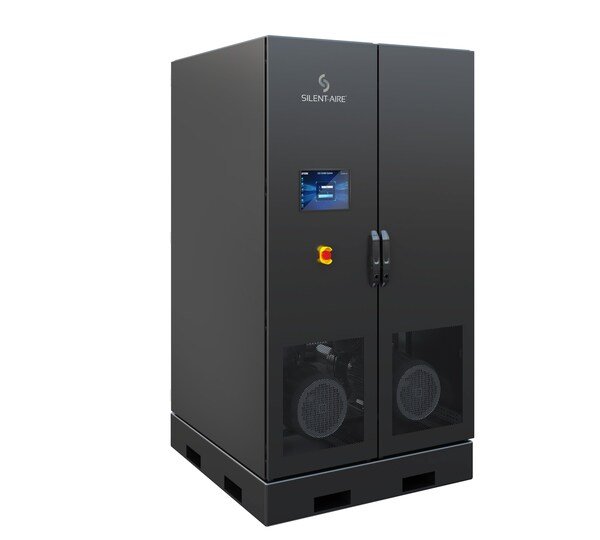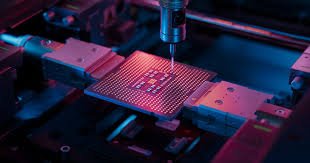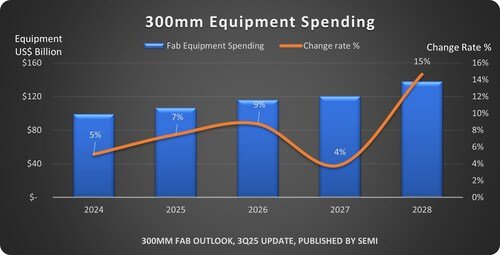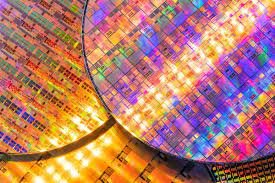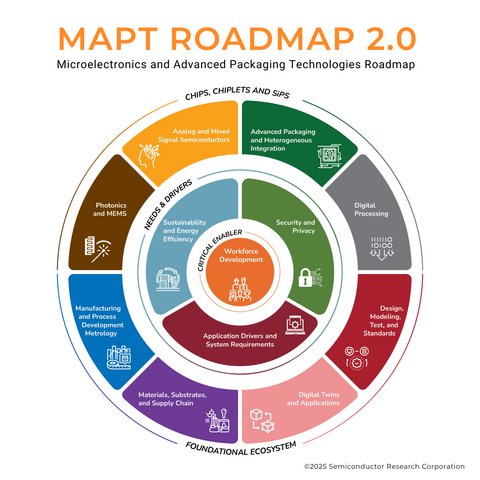WiMi Explores Breakthrough Synergic Quantum Generative Network to Revolutionize Quantum AI Training
WiMi Explores Breakthrough Synergic Quantum Generative Network to Revolutionize Quantum AI Training
WiMi Hologram Cloud Inc., a leading global Hologram Augmented Reality ("AR") Technology provider, announced that they are exploring an innovative solution—Synergic Quantum Generative Network (SQGEN). The core of SQGEN lies in its parallel quantum learning framework. In SQGEN, the generator and discriminator components run simultaneously within a quantum computing environment, interacting through quantum communication channels. This parallel design not only accelerates the training process but also enhances the overall efficiency of the algorithm. Within the quantum computing framework, the generator and discriminator leverage the superposition and entanglement properties of quantum bits (qubits), simultaneously processing multiple data samples, enabling parallel data generation and discrimination.
In order to optimize the quantum circuit, SQGEN employs the Nelder-Mead optimization algorithm, which does not require gradient information and is suitable for situations where calculating gradients directly is difficult in quantum computing. Additionally, SQGEN introduces innovation in the design of the cost function by relaxing the reversibility condition, which improves the lower bound of the cost function and reduces the number of cost function evaluations required per training cycle. This feature not only reduces the consumption of quantum resources but also enhances the stability of the algorithm. In SQGEN, the cost function is designed as a measure of the game between the generator and the discriminator. When both the discriminator and the generator perform the task in the optimal way, the cost function will reach its maximum value. This ensures that SQGEN can continuously approach the optimal solution during the training process. In SQGEN, the interaction between the generator and the discriminator is achieved through quantum communication channels. These channels, utilizing quantum entanglement and other properties, enable fast information transmission and synchronization. At the same time, SQGEN adopts an efficient synchronization mechanism to ensure that the generator and discriminator stay in sync throughout the training process, thus avoiding instability during training.
The collaborative quantum generative network architecture researched by WiMi offers significant technological advantages. By utilizing a parallel quantum learning framework and optimized quantum circuit algorithms, it significantly improves training efficiency and shortens the time for the model to reach a converged state. Furthermore, by reducing the number of cost function evaluations and optimizing the quantum communication mechanism, the collaborative quantum generative network reduces quantum resource consumption, making quantum generative learning more economically feasible. In addition, through a carefully designed cost function and synchronization mechanism, it effectively addresses the training instability issue in quantum generative adversarial learning, enhancing the robustness and generalization ability of the model. Within the collaborative learning framework, the generator and discriminator continuously optimize each other, making the generated data closer to the distribution of real data, thus improving the quality and diversity of the generated data. In terms of training speed, SQGEN is also significantly faster than QGAN, and the quality and diversity of the generated data are both improved. This achievement not only validates the effectiveness and superiority of SQGEN but also provides new ideas and methods for the development of quantum generative learning.






